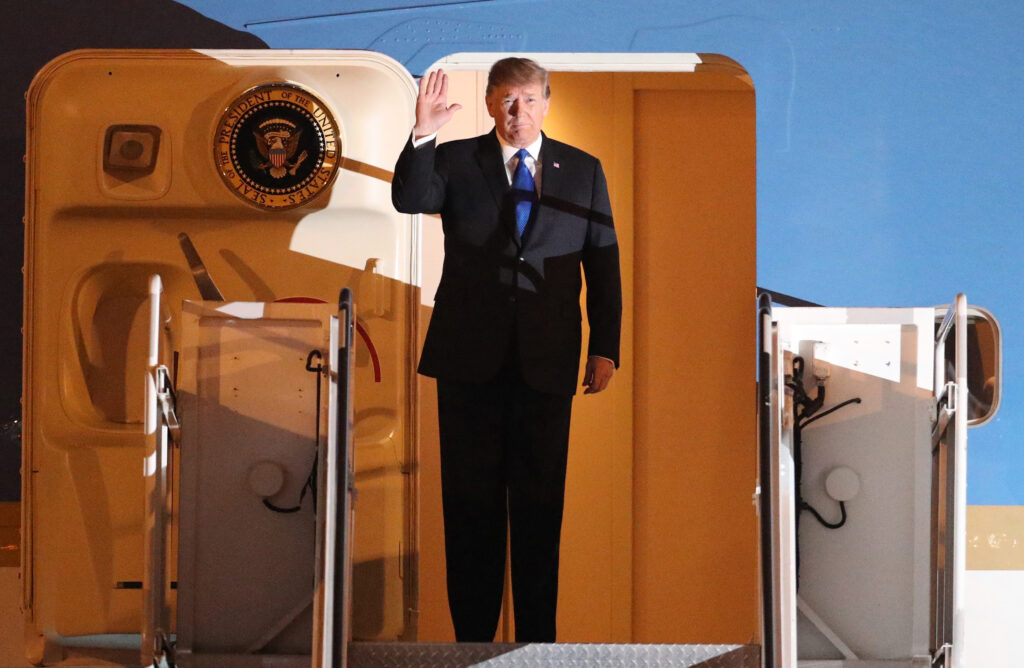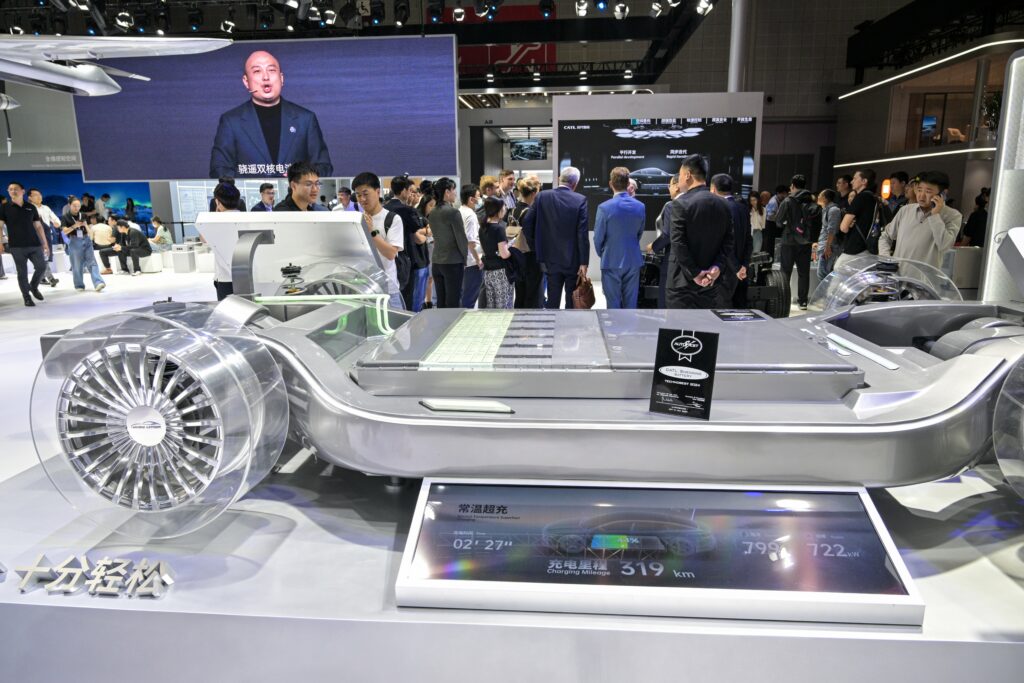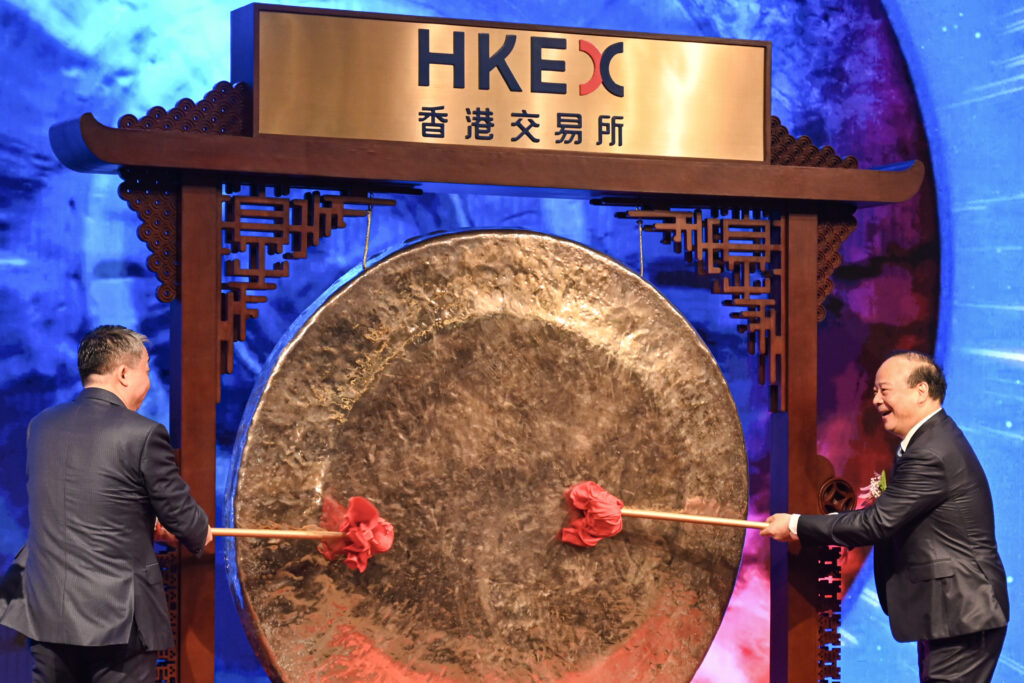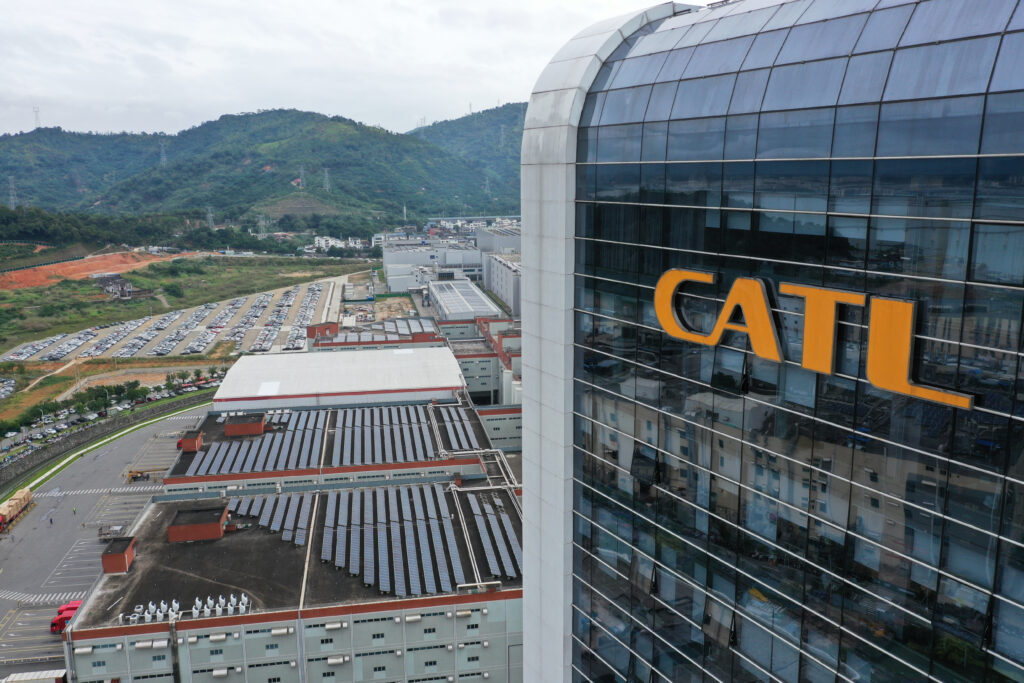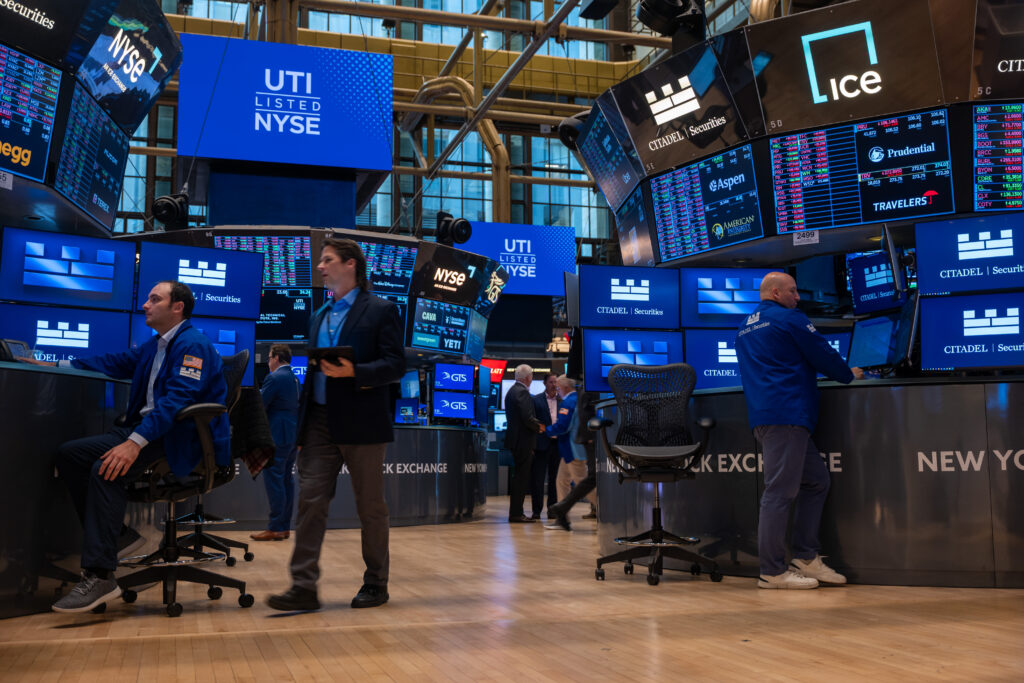Most markets rose Tuesday as risk appetite returned following the previous day’s US rating-fuelled losses, with sentiment also boosted after China cut interest rates to historic lows.The rally tracked advances on Wall Street, where the initial selloff sparked by Moody’s removal of Washington’s triple-A grade soon gave way to a push back into beaten-down equities amid hopes about US trade talks.After Donald Trump’s April 2 tariff blitz sowed global turmoil, the deal between China and the United States last week — which slashed eye-watering tit-for-tat levies — has re-energised dealers and pushed most markets back to levels before the US president’s “Liberation Day” duties.Trump suspended his harshest measures for 90 days until mid-July, and while few solid agreements have been reached so far there is optimism that the worst of the crisis has passed.Still, China caused a little concern after it accused Washington of violating their tariff deal in Geneva this month following a US warning that using Huawei’s AI chips anywhere in the world would break its export controls.Beijing called for a correction and warned of measures if the White House continued. Traders are also hoping the Federal Reserve will cut interest rates this year, with two reductions expected, according to Bloomberg News.However, two central bank officials remained cautious about when to resume their monetary easing, amid worries that the tariffs and possible tax cuts will reignite inflation.New York Fed boss John Williams indicated decision-makers might not be able to move before September, while the central bank’s vice chairman Philip Jefferson urged patience, adding that it was crucial to make sure any price increases do not become entrenched.Hong Kong stocks rose more than one percent, while Shanghai, Tokyo, Sydney, Singapore, Taipei, Bangkok, Wellington and Jakarta were all up.London, Paris and Frankfurt were also well up in morning exchanges.However, Neil Wilson at Saxo markets warned that traders were not yet out of the woods as US Treasury yields remain elevated.”Markets are clearly perturbed by ongoing trade uncertainty, economic policy uncertainty and the potential to lock in sweeping tax cuts in the US, undermining the fiscal position further,” he wrote in a commentary.”The question now is what policy moves can be engineered to tame yields, which could be a worry for equity markets.”- CATL’s soaring debut -The gains came as China’s central bank cut two key interest rates as officials battle to kickstart the economy, which faces persistent headwinds from a long-term domestic spending slump, a protracted debt crisis in the property sector and high youth unemployment.The People’s Bank of China lowered its one-year Loan Prime Rate, the benchmark for the most advantageous rates lenders can offer to businesses and households, to 3.0 percent from 3.1 percent.The five-year LPR, the benchmark for mortgage loans, was cut to 3.5 percent to 3.6 percent. Both rates were last cut in October to what were then record lows.”The rate cuts will reduce interest payments on existing loans, taking some pressure off indebted firms. It will also reduce the price of new loans,” Zichun Huang, China economist at Capital Economics, said in a note.However, she added that “modest rate cuts alone are unlikely to meaningfully boost loan demand or wider economic activity”.The “reductions… probably won’t be the last this year”, she said.The move came a day after data showed Chinese retail sales came in below expectations in April, highlighting a continued lack of confidence among consumers.In Hong Kong, Chinese battery giant CATL soared more than 18 percent at one point on its debut, having raised US$4.6 billion in the world’s biggest initial public offering this year.It finished 16.4 percent higher.The firm, which produces more than a third of all electric vehicle batteries sold worldwide, saw strong demand even after it was designated as a “Chinese military company” on a US list in January.The US House Select Committee on the Chinese Communist Party even highlighted this inclusion in letters to two US banks in April, urging them to withdraw from the IPO deal with the “Chinese military-linked company”.But the two banks — JPMorgan and Bank of America — are still onboard.- Key figures at around 0810 GMT -Tokyo – Nikkei 225: UP 0.1 percent at 37,529.49 (close)Hong Kong – Hang Seng Index: UP 1.5 percent at 23,681.48 (close)Shanghai – Composite: UP 0.4 percent at 3,380.48 (close)London – FTSE 100: UP 0.2 percent at 8,720.07Euro/dollar: UP at $1.1276 from $1.1244 on MondayPound/dollar: UP at $1.3393 from $1.3360Dollar/yen: DOWN at 144.14 yen from 144.87 yenEuro/pound: UP at 84.19 pence from 84.14 penceWest Texas Intermediate: DOWN 0.6 percent at $62.29 per barrelBrent North Sea Crude: DOWN 0.7 percent at $65.06 per barrelNew York – Dow: UP 0.3 percent at 42,792.07 (close)
